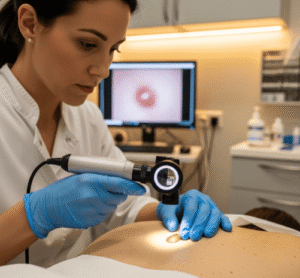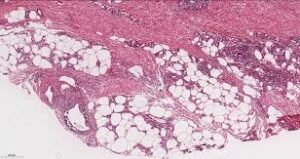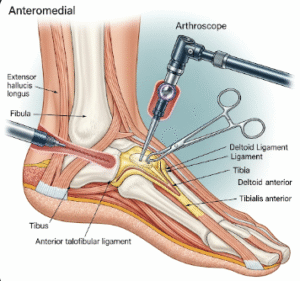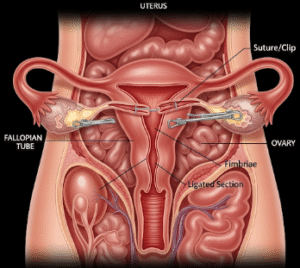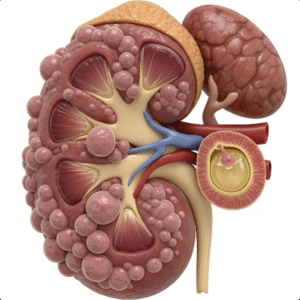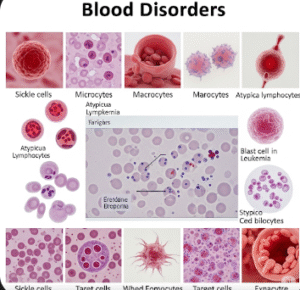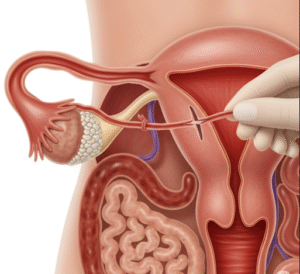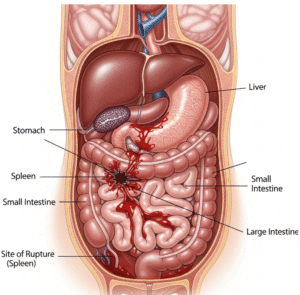Overview
Kabuki Syndrome is a rare multisystem genetic disorder characterized by a unique combination of distinctive facial features, developmental delays, congenital anomalies, and immune deficiencies. It affects multiple organs and body systems, requiring lifelong multidisciplinary care. Named after the traditional Japanese Kabuki theatre makeup because of the characteristic facial appearance, this syndrome has a prevalence estimated at about 1 in 32,000 births worldwide. In Korea, specialized pediatric genetic clinics and multidisciplinary teams provide early diagnosis, genetic counseling, and comprehensive care to optimize patient outcomes and quality of life.
What is Kabuki Syndrome?
Kabuki Syndrome is primarily caused by mutations in two genes involved in chromatin remodeling: KMT2D (also called MLL2), accounting for about 75% of cases, and KDM6A, linked to a smaller percentage. These genetic alterations disrupt normal gene regulation during development, leading to a wide array of symptoms. The syndrome manifests early in childhood with characteristic facial features and developmental delays, but the severity and spectrum of symptoms can vary significantly between individuals.
Symptoms
The hallmark features and clinical manifestations include:
- Facial Features: Long, arched eyebrows with sparse lateral third, long eyelashes, eversion (outward turning) of the lower eyelids, depressed nasal tip, prominent ears, and a wide, open mouth with a thin upper lip. These features often become more subtle with age.
- Growth and Development: Delayed motor milestones and intellectual disability, ranging from mild to moderate severity. Children often experience speech delays and learning difficulties.
- Skeletal Abnormalities: Joint hypermobility, scoliosis, short stature, and finger anomalies such as clinodactyly (curved fingers).
- Cardiac Defects: About 40-50% have congenital heart disease, including ventricular septal defects (VSD), atrial septal defects (ASD), and coarctation of the aorta.
- Immune Dysfunction: Increased susceptibility to infections due to immune deficiencies, including hypogammaglobulinemia and impaired antibody responses.
- Hearing and Vision: Sensorineural hearing loss, recurrent ear infections, and vision problems such as strabismus or ptosis are common.
- Feeding Difficulties: Poor sucking and swallowing in infancy, leading to failure to thrive.
- Other Features: Renal anomalies, gastrointestinal issues, seizures, and behavioral challenges including autism spectrum disorders and attention deficit hyperactivity disorder (ADHD).
Causes
Kabuki Syndrome results from mutations in the KMT2D gene (autosomal dominant inheritance) or KDM6A gene (X-linked dominant). Most cases are sporadic due to new mutations, but inherited cases can occur. These genes are crucial for regulating chromatin structure and gene expression, so their disruption affects multiple developmental pathways.
Risk Factors
- Family history of Kabuki Syndrome or related chromatin remodeling disorders may increase risk, although most cases occur spontaneously.
- No known environmental or lifestyle factors contribute to the syndrome’s development.
Complications
- Cognitive and developmental challenges requiring special education and therapies.
- Recurrent infections due to immune deficiency, sometimes requiring immunoglobulin replacement therapy.
- Cardiac complications may require surgical intervention or long-term cardiology follow-up.
- Hearing loss can affect speech development and social interactions.
- Orthopedic problems such as scoliosis may require bracing or surgery.
- Psychosocial issues including behavioral disorders and social adaptation difficulties.
Prevention
- There is no prevention for Kabuki Syndrome since it is genetic.
- Genetic counseling is recommended for affected families to understand inheritance patterns and recurrence risks.
- Prenatal diagnosis is possible if the mutation in a family is known.
Treatment Options in Korea
Korean medical centers offer a coordinated, multidisciplinary approach to manage Kabuki Syndrome effectively:
- Genetic Diagnosis and Counseling: Advanced genetic testing including whole exome sequencing enables early and accurate diagnosis, with counseling for families about the condition and reproductive options.
- Developmental Support: Early intervention programs involving speech therapy, occupational therapy, and physical therapy to improve motor skills, communication, and daily functioning.
- Cardiac Care: Routine cardiac screening by pediatric cardiologists with medical or surgical treatment for congenital heart defects as needed.
- Immunology Services: Immune function evaluation and management, including immunoglobulin therapy and vaccination planning to prevent infections.
- Audiology and Ophthalmology: Hearing evaluations with hearing aids if necessary; regular eye exams to address vision problems.
- Nutrition and Feeding Support: Specialized feeding programs and dietary counseling for infants and children with feeding difficulties.
- Behavioral and Psychiatric Care: Psychological assessment and therapies to address ADHD, autism spectrum features, anxiety, or mood disorders.
- Orthopedic Management: Monitoring and treatment of skeletal abnormalities, including scoliosis screening and surgical interventions if required.
- Comprehensive Follow-Up: Regular multidisciplinary clinics involving genetics, pediatrics, cardiology, ENT, immunology, and rehabilitation services to monitor growth, development, and emerging health issues.
With Korea’s cutting-edge genetic diagnostics and well-coordinated multidisciplinary teams, children and adults with Kabuki Syndrome receive personalized care plans that address their complex needs and improve their quality of life.


